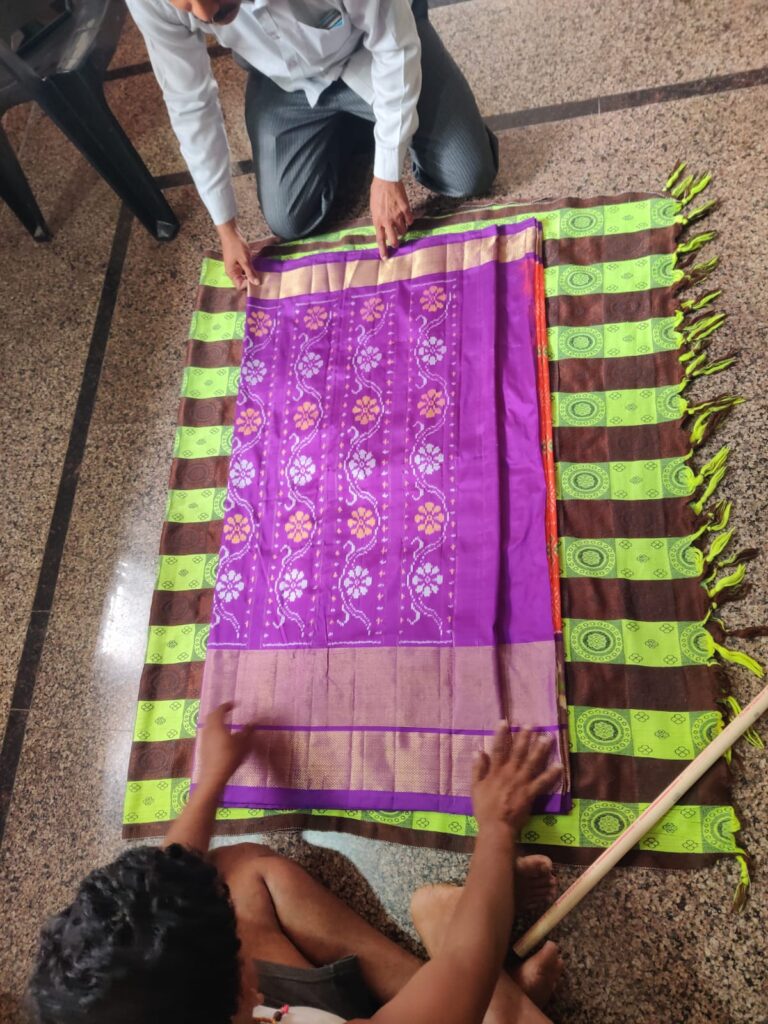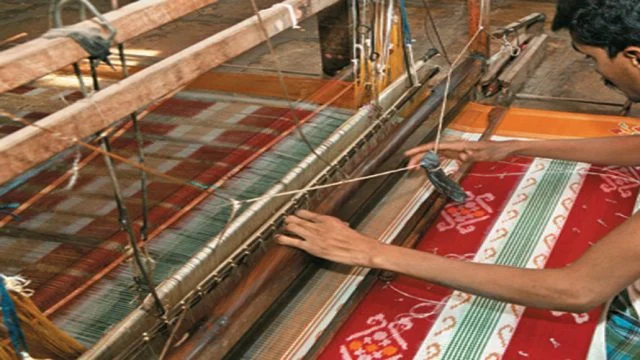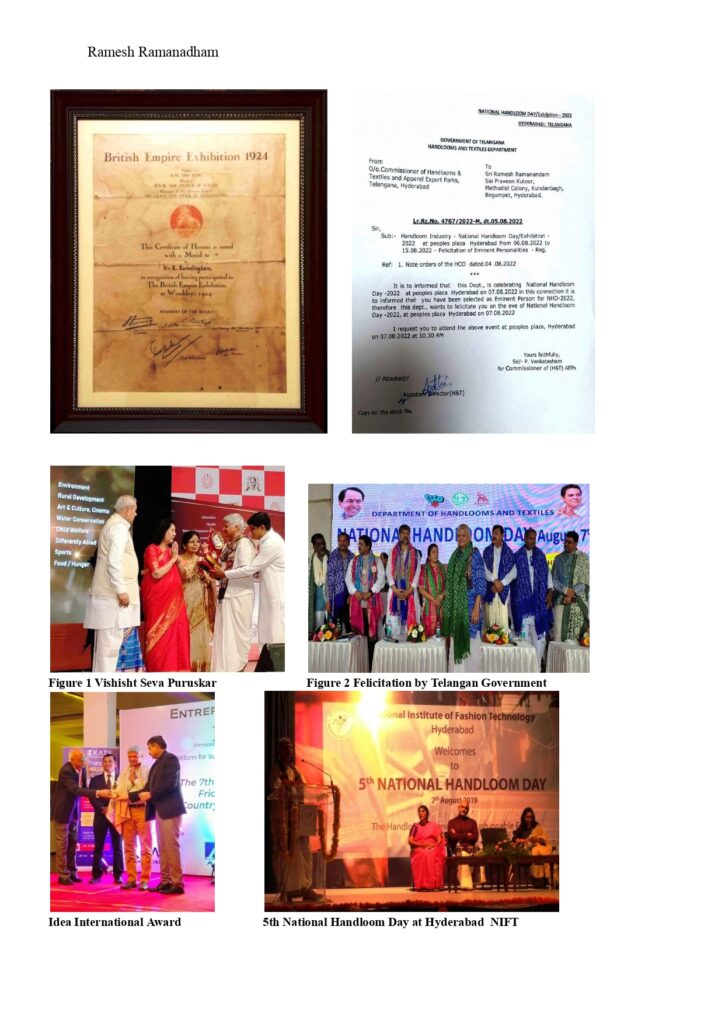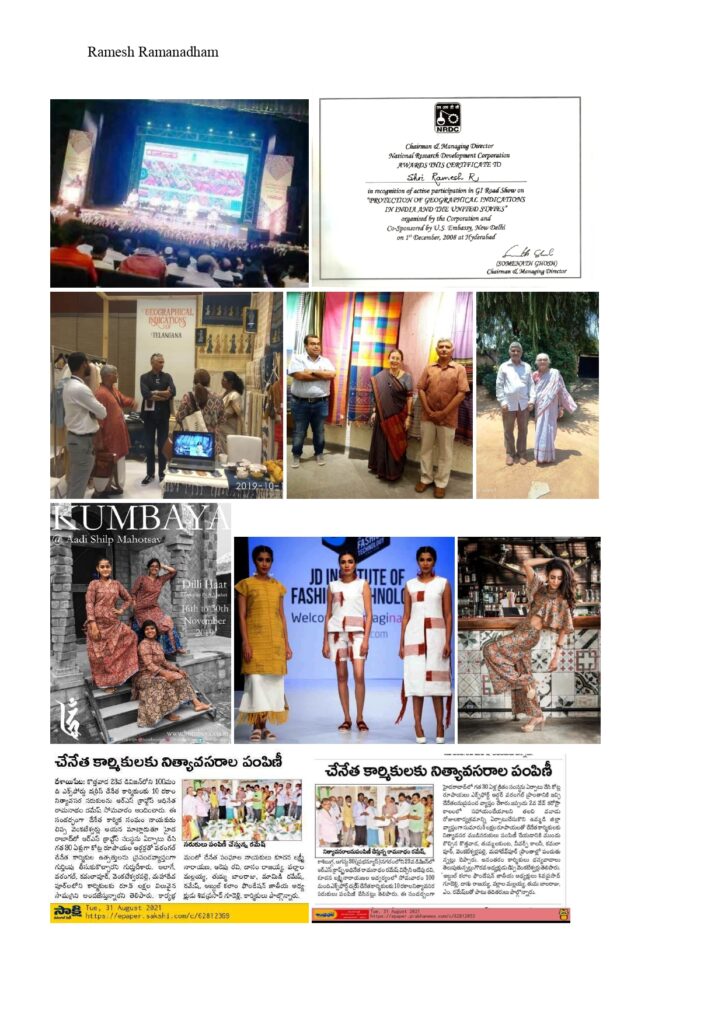Miss World 2025: Contestants Visit Charminar | 72nd Pageant Set to Dazzle Hyderabad
Hyderabad, India — June 2025
The streets of Hyderabad came alive with color, charm, and global glamour as 109 contestants from across the globe, participating in the 72nd Miss World pageant, embarked on a vibrant Heritage Walk at the historic Charminar. The visit marked a major cultural highlight in the lead-up to the pageant finale, showcasing the city’s rich legacy and warm hospitality.
A Royal Welcome in the Heart of the Old City
As the contestants arrived at Charminar, they were greeted by the spirited beats of traditional Marfa and Naubat drums, performed by a 12-member local troupe. With cheers from the crowd and the buzz of cameras, the Miss World hopefuls stepped into the spotlight amid the historic arches of Charminar, one of India’s most iconic landmarks.
Dressed in elegant attire, many of the contestants embraced Indian culture by donning local garments and accessorizing with traditional Hyderabadi bangles, adding a beautiful cultural fusion to the day’s events.
Strolling Through Laad Bazaar: A Cultural Experience
From Charminar, the delegates proceeded to Laad Bazaar, Hyderabad’s famous marketplace renowned for its dazzling bangles, pearls, and intricate handicrafts. As part of a curated shopping and cultural immersion experience, the beauty queens visited nine selected stores, interacting with local artisans and watching live demonstrations of bangle-making.
In a heartwarming moment, several shopkeepers declined payment from the delegates, instead offering handcrafted bangles as gifts—an act that beautifully showcased the city’s generous and hospitable spirit.
Charminar Photo Op Becomes Global Moment
As expected, the photo session in front of Charminar became a global highlight. Social media buzzed with images of contestants from countries like Brazil, Nigeria, Japan, and South Africa standing together in solidarity and elegance. The striking juxtaposition of global fashion and centuries-old architecture created a powerful visual narrative of cultural unity.
Dinner at Chowmahalla Palace: A Regal Affair
Later in the evening, the entourage was treated to a royal dinner at the majestic Chowmahalla Palace. Guests were welcomed with traditional henna ceremonies and performances showcasing Telangana’s folk music and dance. Many contestants participated enthusiastically, draping themselves in local Nizami-style attire for an authentic cultural experience.
More Than a Pageant: “Beauty with a Purpose”
The visit underscored Miss World’s long-standing motto: “Beauty with a Purpose.” Beyond fashion and glamour, the event celebrated mutual respect, cultural exchange, and social goodwill. For Hyderabad, it was not just about playing host—it was about telling its story to the world through heritage, artistry, and kindness.
What’s Next?
As Hyderabad continues to host the pageant activities, anticipation is building for the Miss World 2025 grand finale at HITEX on May 31. The city has already set a high standard for cultural richness and international welcome—and more dazzling moments are sure to follow.
Stay tuned as the journey of Miss World 2025 continues to unfold across Hyderabad’s palaces, temples, and tech corridors, blending elegance with tradition in every step.










